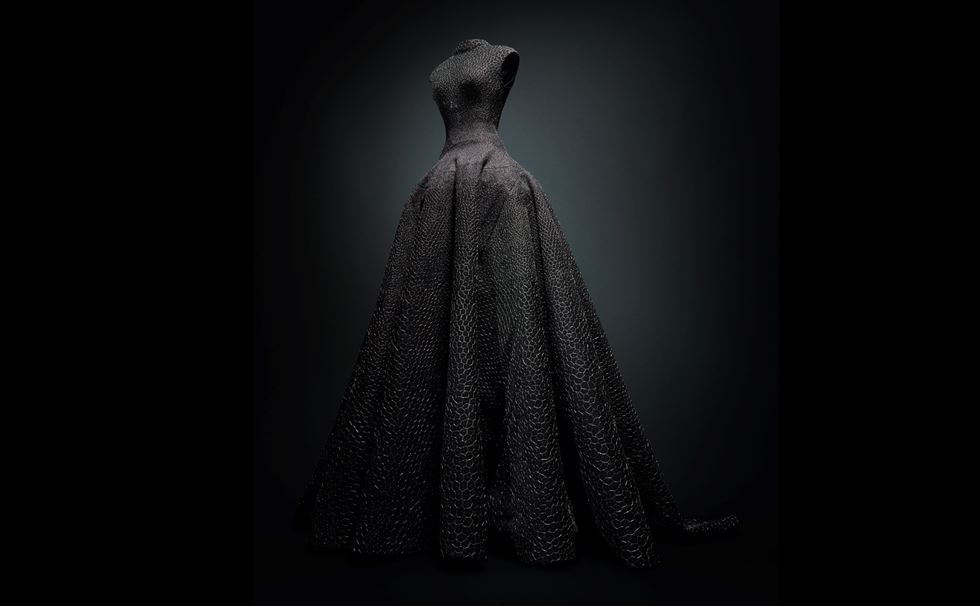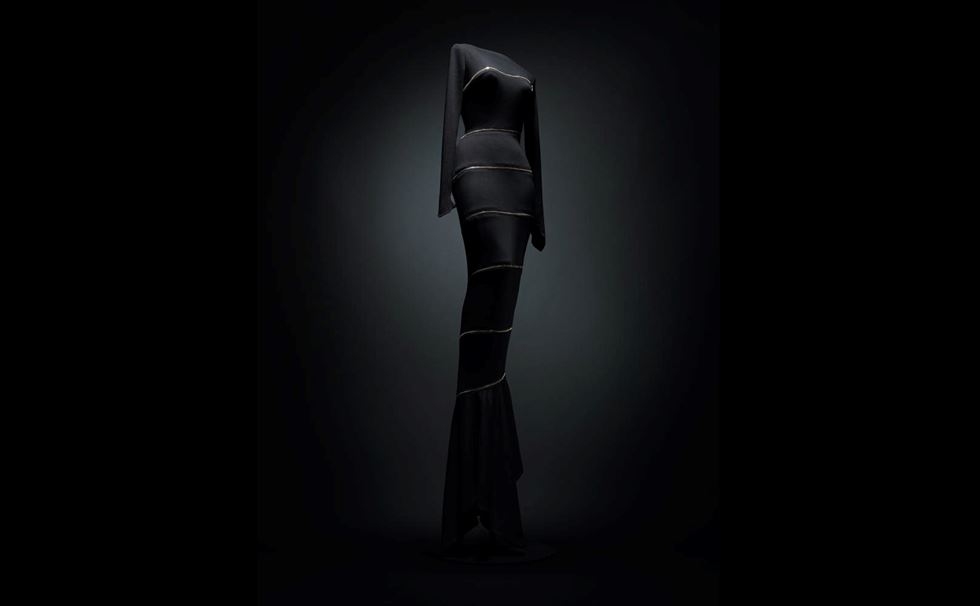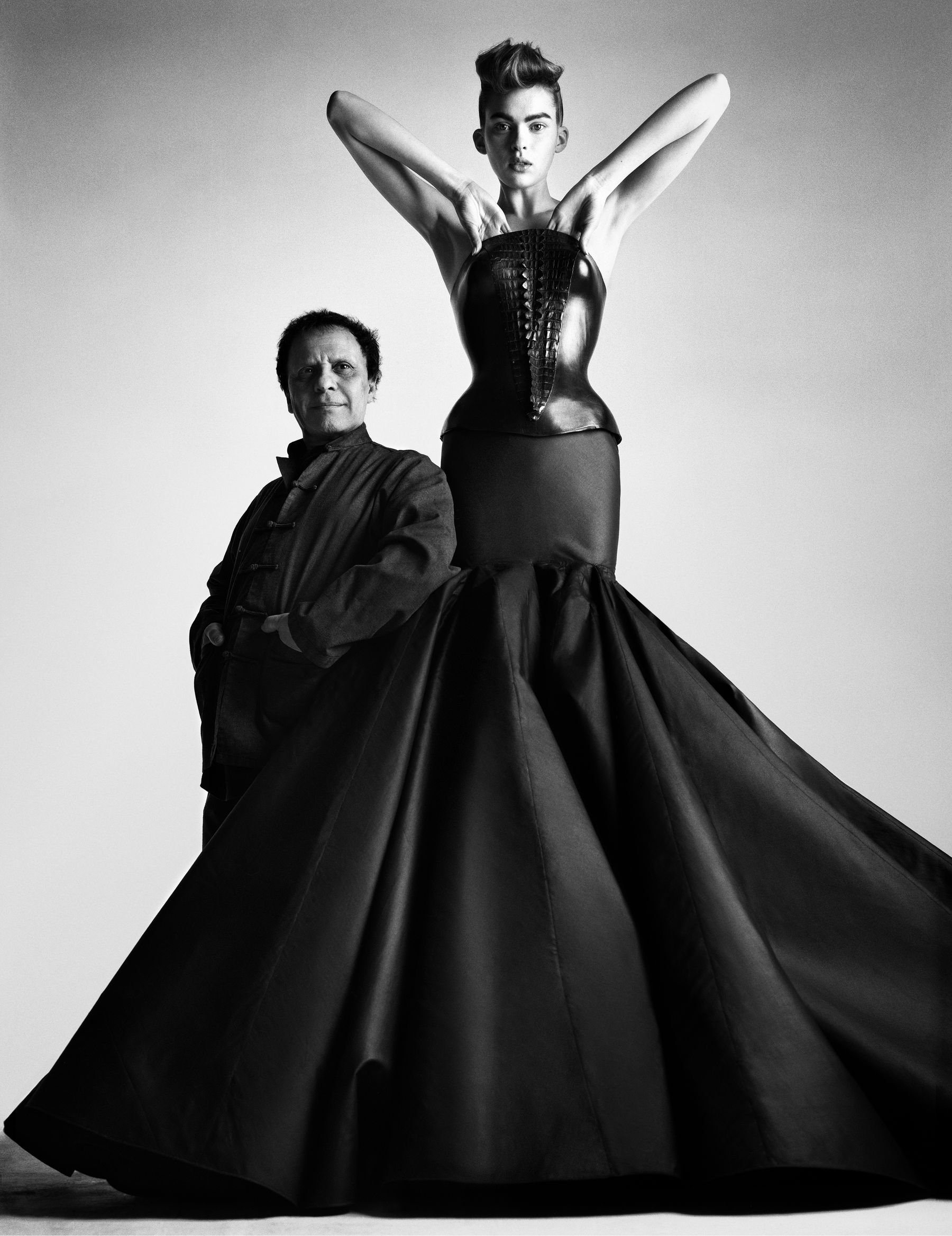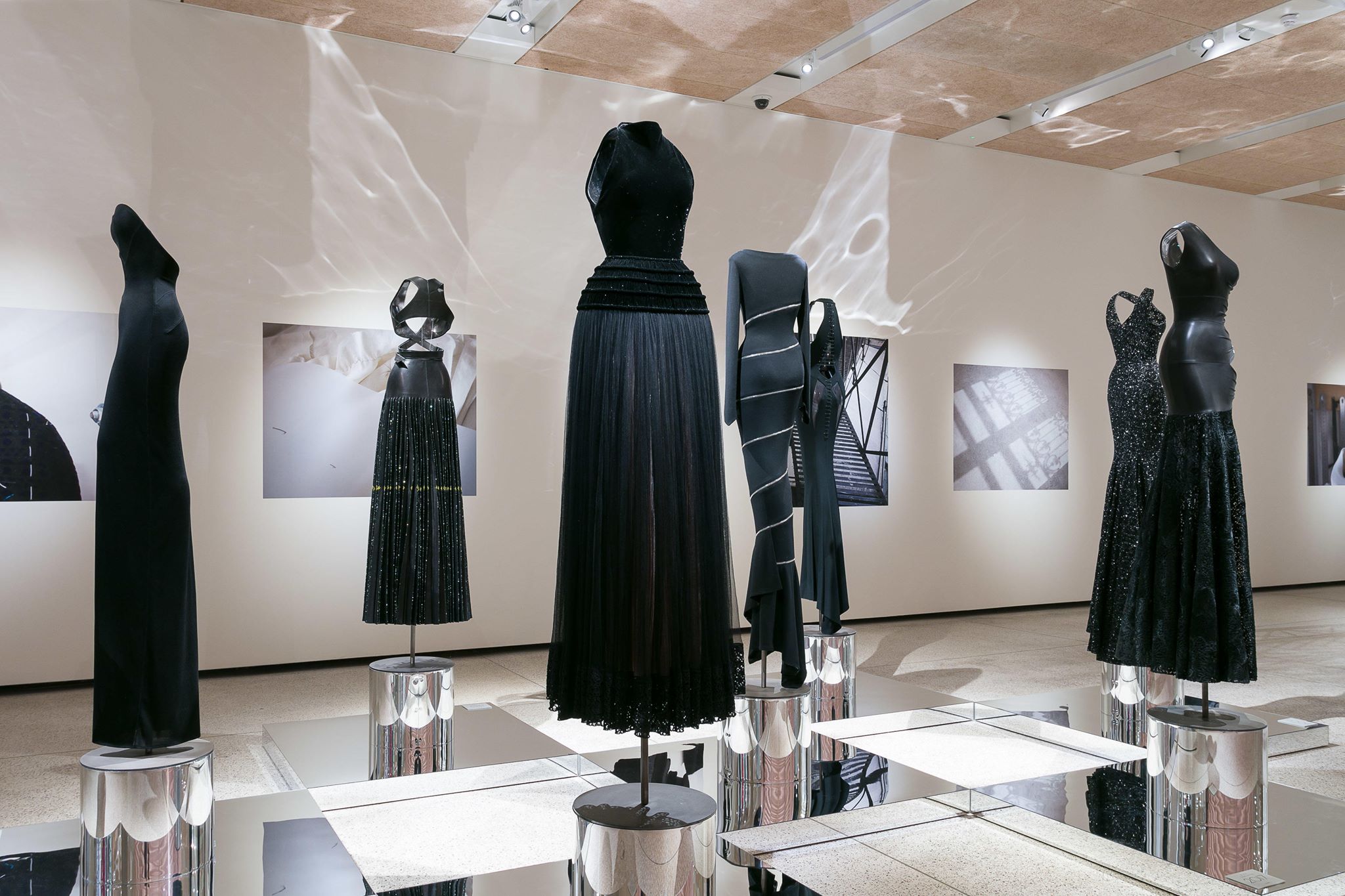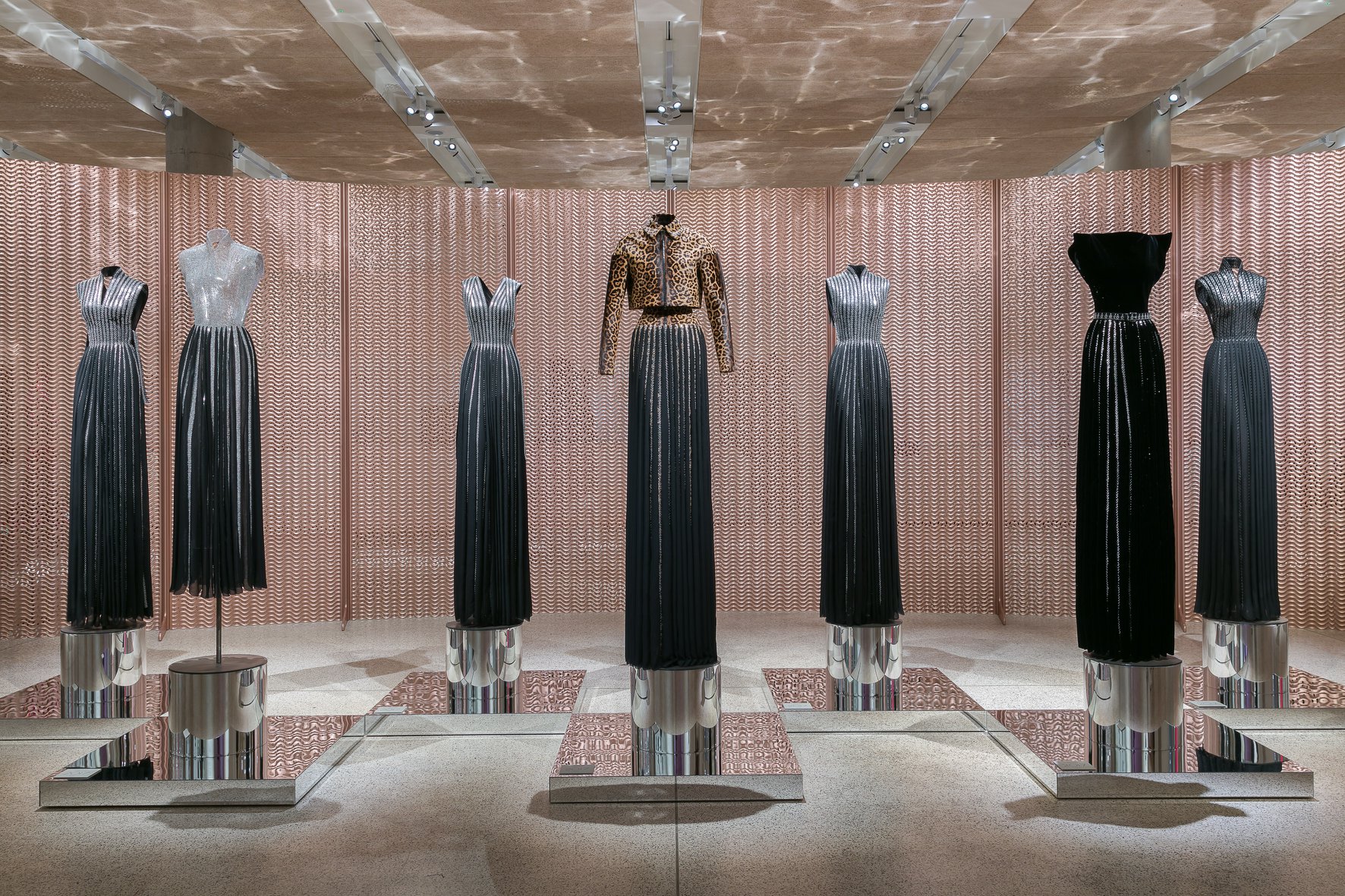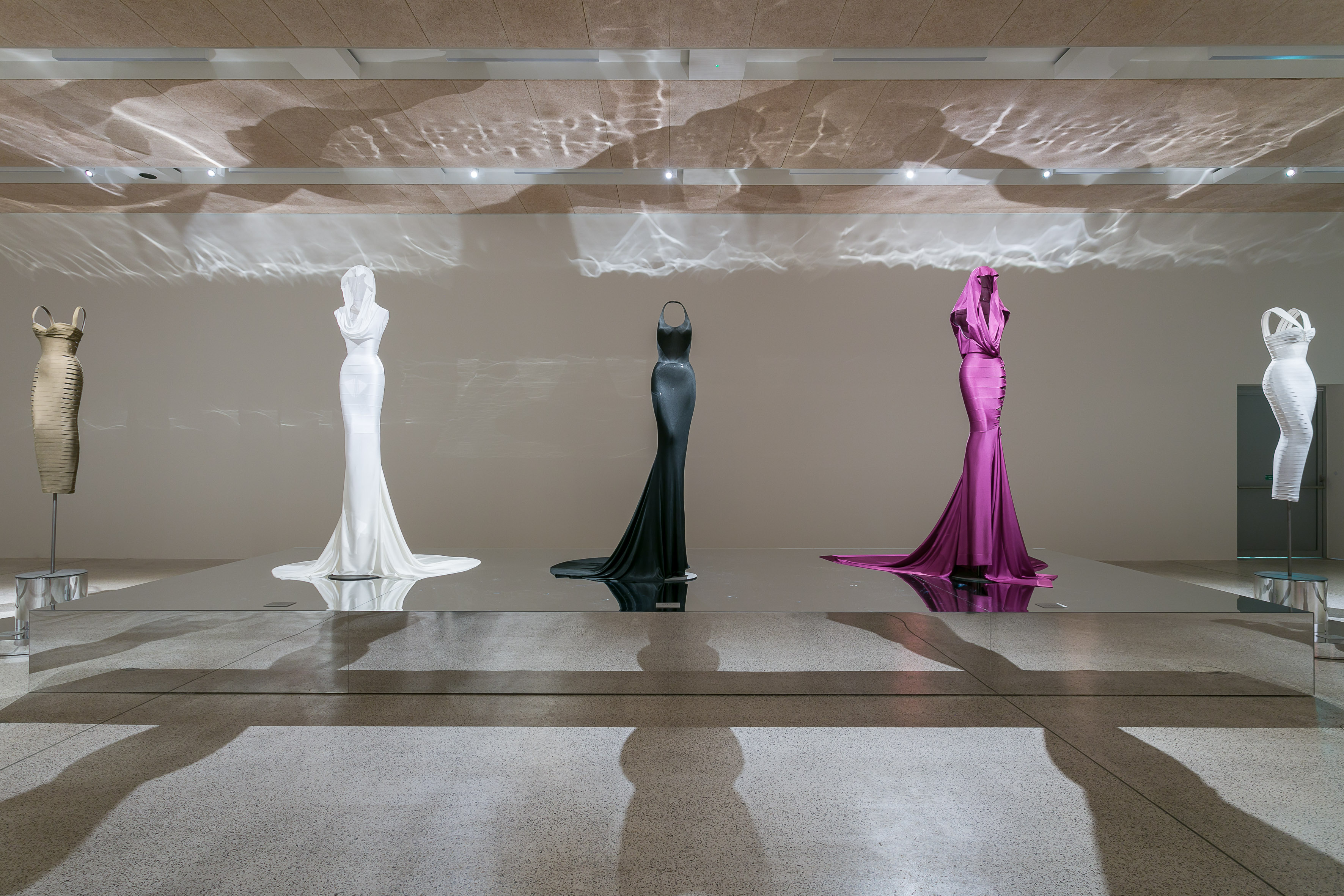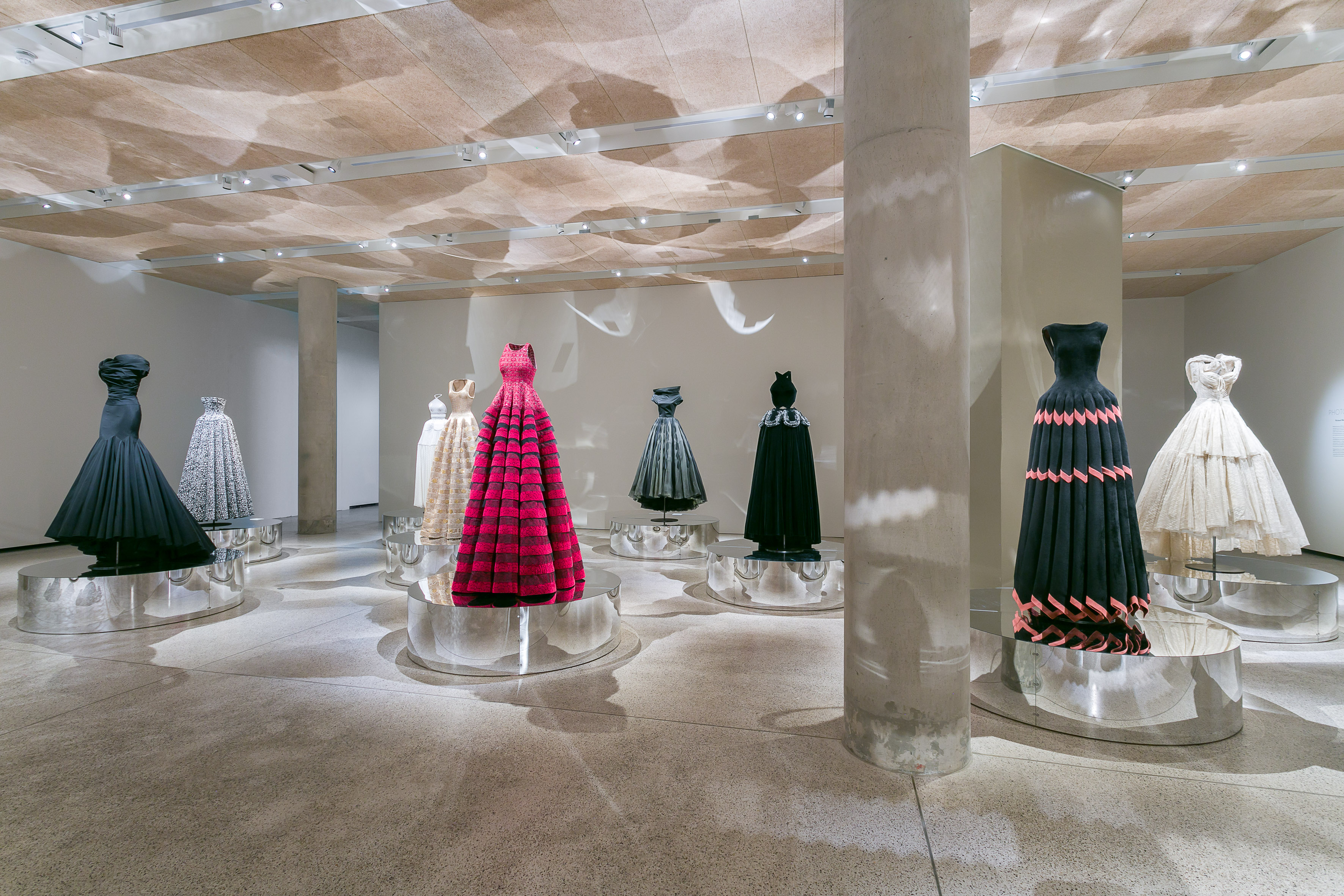
London revives the essence of Azzedine Alaïa through an exhibition at the Museum of Design which pays homage to the career of this master of couture through his most iconic and representative dresses. The Tunisian designer died last November at the age of 77, leaving behind a long legacy that conditioned the making of garments. Known as the sculptor of the female body, Alaïa was a pioneer in experimenting with bold patterns and applying innovative materials to his creations. ‘ Azzedine Alaïa : The Couturier ‘ was conceived months before the death of the artist together with Mark Wilson, collaborator and curator of the show on which they worked together . Finally the exhibition opened to the public on May 10 and will be open to visitors in the British capital until next October.
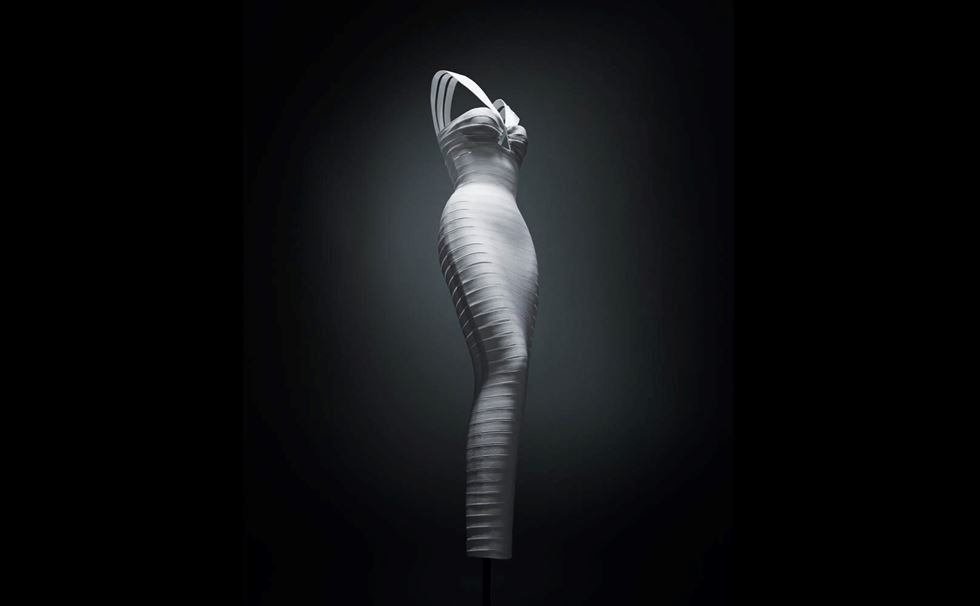
The garment sculptor
Azzedine Alaïa was a fashion designer of Tunisian origin who settled in Paris in the 50s – where he met André Malraux and Joan Miró – to start one of the most prosperous and established careers in the world of fashion. In his first period the designer began working at Christian Dior under the creative direction of Yves Saint Laurent and continued to train in companies such as Guy Laroche or Thierry Mugler before setting up a company under his own name during the 80s. The son of farmers of Spanish origin, the artist used to wear black and made all his textile production in his small atelier – which also was his home – in the Parisian district of LeMarais. It was in the workshop where he began to experiment with the techniques used by the couturiers of the time to perfect them and thus expand their possibilities. He was helped in part by his studies of sculpture and fine arts that gave him a broader vision in the making of dresses which understood the forms and needs of the female body. One of the achievements of the company was actually to mark the sensuality of women through bold garments like tight dresses with marked waists, skirts that played with ruffles, the use of skins, latex and metallic mesh with a net effect as his main fabrics. Alaïa was also the first to reject the traditional fashion calendar, showing his collections when he thought they were ready. He himself made all his clothes by hand, cutting the patterns meticulously. He was famous for his obsession with perfection and total dedication to his craft as a couturier.
From the beginnings of the company, the Tunisian designer produced exclusive dresses for Parisian high society and in a short time his name became popular throughout the world. Grace Jones and Greta Garbo were just two of the celebrities closely associated with the designer in the 80s and 90s, and the model Naomi Campbell became the muse of the firm. The new millennium brought with it the birth of a new generation, where Alaïa positioned himself as one of the designers of reference for Kim Kardashian, Rihanna or Lady Gaga.
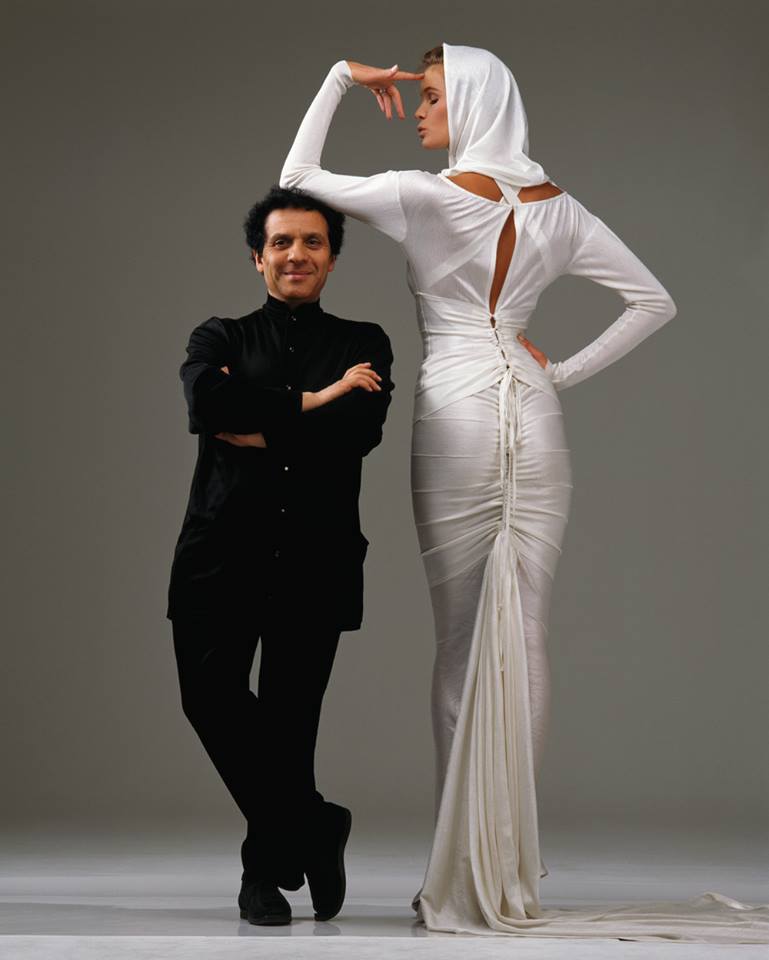
A multidisciplinary exhibition
The more than 60 garments exhibited in the British capital are grouped according to the conceptual idea that dominates them, without following a chronological order; they contain examples of his most famous collections, such as “Exploring the volume”, “Fragility and strength”, “Gathered forms” or “Black silhouettes” – which bring together dresses dating from 1982 to 2003-.
‘Azzedine Alaïa :The Couturier’ also has the photograph by Richard Wentworth taken during the couturier’s last months and a series of videos about the Franco-Tunisian, prominent among which is a short film directed by the photographer Ellen von Unwerth , which portrays intimate moments of the artist at the beginning of the nineties.
